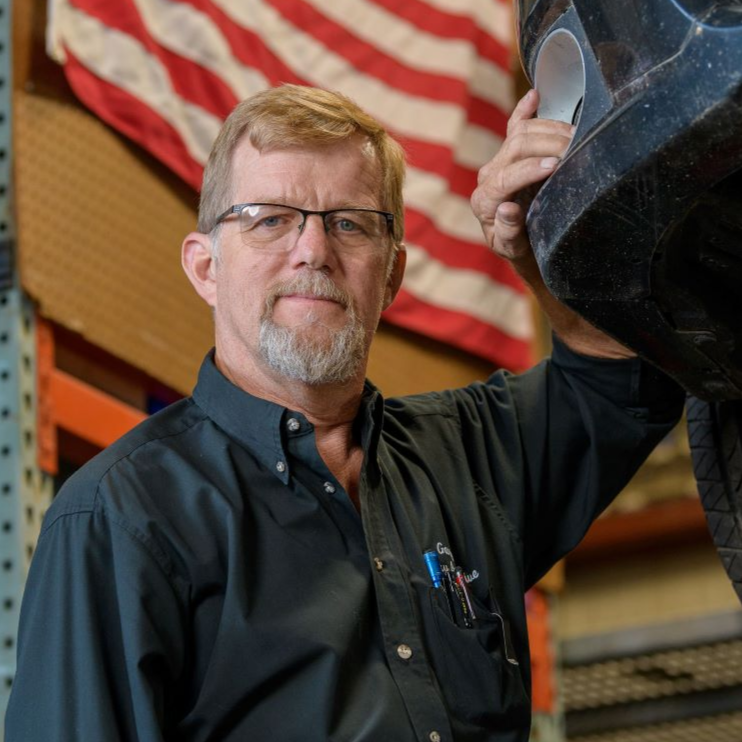Helpful Cabin Air Filter Info
What is a cabin filter?
Cabin air filters filter the air that comes from the outside of a vehicle in to the passenger compartment. They were originally designed to remove solid contaminants like dust and soot from circulating inside the vehicle. These filters now also absorb gases and odors. Cabin air filters may also be know as passenger compartment filters, pollen filters, or dust filters.
When did Cabin Air Filters come into being?
Cabin air filters first appeared in European vehicles in the mid- 1980's. They began appearing in North American vehicles in 1994.
Is a Cabin Air Filter the same as an engine intake filter?
While most cabin air filters look like simple panel filters that are used to filter air to the engine, they are much more technologically advanced and contain an entirely different filtering media. Basically, engine intake filters protect engine components, whereas cabin air filters protect your lungs.
Why are Cabin Filters important?
Air quality is becoming a major concern for many people - outdoors, in our homes, and now even in our automobiles. An estimated 50 million Americans suffer from hay fever and other allergy-related problems.
Where are Cabin Air Filters located?
Cabin air filters are typically located behind a vehicle's dashboard, or behind the glove box. Others may be located in the engine compartment, typically in the cowl area.
How often should they be replaced?
Vehicle manufacturer recommendations may vary, but the general guideline for replacing cabin air filters is every 12,000 to 15,000 miles, or at least once a year.
What happens if they are not replaced at the recommended interval?
In addition to the possibility of unpleasant odors, filters that have been left in service for over 20,000 miles can results in decreased heating and air conditioning performance caused by restricted air flow through the cabin air filter.
What is a cabin filter?
Cabin air filters filter the air that comes from the outside of a vehicle in to the passenger compartment. They were originally designed to remove solid contaminants like dust and soot from circulating inside the vehicle. These filters now also absorb gases and odors. Cabin air filters may also be know as passenger compartment filters, pollen filters, or dust filters.
When did Cabin Air Filters come into being?
Cabin air filters first appeared in European vehicles in the mid- 1980's. They began appearing in North American vehicles in 1994.
Is a Cabin Air Filter the same as an engine intake filter?
While most cabin air filters look like simple panel filters that are used to filter air to the engine, they are much more technologically advanced and contain an entirely different filtering media. Basically, engine intake filters protect engine components, whereas cabin air filters protect your lungs.
Why are Cabin Filters important?
Air quality is becoming a major concern for many people - outdoors, in our homes, and now even in our automobiles. An estimated 50 million Americans suffer from hay fever and other allergy-related problems.
Where are Cabin Air Filters located?
Cabin air filters are typically located behind a vehicle's dashboard, or behind the glove box. Others may be located in the engine compartment, typically in the cowl area.
How often should they be replaced?
Vehicle manufacturer recommendations may vary, but the general guideline for replacing cabin air filters is every 12,000 to 15,000 miles, or at least once a year.
What happens if they are not replaced at the recommended interval?
In addition to the possibility of unpleasant odors, filters that have been left in service for over 20,000 miles can results in decreased heating and air conditioning performance caused by restricted air flow through the cabin air filter.


